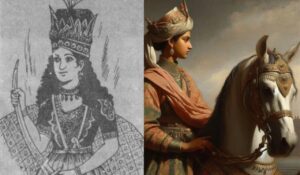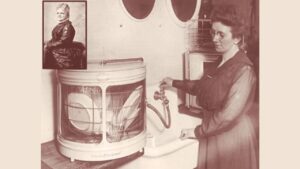Unveiling the Enigmatic Legacy of Belle da Costa Greene

A Remarkable Director in a Segregated Era
Amidst the echoes of a bygone era, the Morgan Library and Museum in New York City illuminates the life and legacy of Belle da Costa Greene, a figure whose narrative transcends the boundaries of time and convention. Born in 1879, Greene’s tenure as the inaugural director of the institution was marked by her unparalleled expertise, shrewd negotiation tactics, and a life veiled in mystery as a Black woman navigating the segregated landscape of America.
Exploring Identity and Origins
Belle da Costa Greene’s journey began in Washington, DC, where she was born to Black parents under the name Belle Marion Greener. Her father, Richard T. Greener, a trailblazer as the first Black graduate of Harvard University and a diplomat, instilled in her a spirit of resilience and ambition. Following her parents’ separation, Greene’s mother, Genevieve Ida Fleet, orchestrated a subtle reinvention, adopting the surname Greene and embellishing their lineage with the Portuguese-sounding middle name da Costa to navigate the complexities of racial identity in America.
A Trailblazer in Library Science
Greene’s foray into the world of library science commenced with her enrollment in Amherst College’s Library Economy program in 1900, followed by a stint at Princeton University Library. However, it was a fateful encounter with J. P. Morgan’s nephew that altered the course of her career. Recognizing her exceptional talents, she was appointed as Morgan’s personal librarian, a role that would catalyze her ascent to prominence in the literary realm.
Curating Excellence: Greene’s Legacy
As curator Erica Ciallela meticulously delved into Greene’s archives, a multifaceted portrait of the librarian emerged. Beyond her professional endeavors, Greene’s correspondence unveiled nuances of her personality and interests, enriching our understanding of her character. Her seamless integration into New York City’s social and academic spheres solidified her reputation as a formidable negotiator and curator.
A Testament to Acquisition and Expertise
Among Greene’s myriad accomplishments, her acquisition of Thomas Malory’s Le Morte d’Arthur (1485) stands as a crowning achievement, elevating the Morgan Library’s stature on the global stage. Additionally, her discerning eye for medieval manuscripts manifested in the procurement of Old Testament miniatures from 13th-century France, a testament to her profound understanding of art and history.
Conclusion: Honoring a Visionary
As the Morgan Library prepares to unveil “Belle da Costa Greene: A Librarian’s Legacy,” the exhibition serves as a tribute to a visionary whose indelible imprint continues to resonate within the hallowed halls of literature and art. Through Greene’s remarkable journey, we are reminded of the enduring power of knowledge, transcending barriers of race, identity, and time.
Re-reported from the article originally published in The hyperallergic








